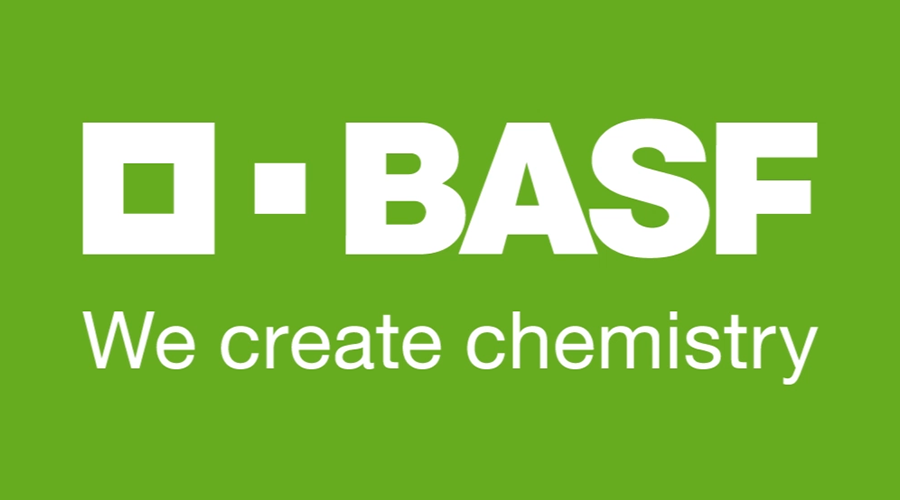A recent BASF survey of break crop growers across the UK demonstrated that growers continue to appreciate the impact these crops have on their rotations and are willing to invest in them.
Oilseed rape, the most widely grown break crop
Oilseed rape (OSR) was the most widely grown break crop with almost three quarters of the survey’s respondents drilling the crop in autumn 2022, up 8% on the previous year. It was by far the most widely grown break crop in northern England and Scotland.
Polly Lawman, Campaign Manager, BASF said, “Break crops are known to bring an abundance of benefits to a rotation from an IPM perspective and at BASF we want to make sure that we are helping people to get the most out of them.
Our survey results show that growers are still keen to grow oilseed rape with twice the area of this crop in the ground this season compared to that of winter or spring beans. OSR was identified by growers as the most profitable break crop from possible options of OSR, beans and combining peas and whilst growers acknowledged there were risks associated with growing OSR these were outweighed by the crop’s potential profitability.”
Data from the survey showed that in order to help achieve good establishment growers are investing in the crop from the outset with over 50% growing hybrid varieties, including 15% growing Clearfield varieties.
Ms Lawman said, “Clearfield® varieties not only provide an opportunity to control an extensive range of weeds, including yield reducing brassica weeds but also have great autumn vigour.
Clearfield® case study in Wiltshire
Clearfield® technology has allowed Wiltshire grower Richard Butler to produce oilseed rape on fields where high levels of the pernicious weeds charlock and runch were making it impossible to grow.
This year 49 ha of the variety DSV Matrix CL and 20 ha of its news sister variety DSV Beatrix CL are in the ground with the varieties’ Clearfield® performance and hybrid vigour being noticeably advantageous, he says.
Weed control
“Clearfield® gives us different options for weed control and this has proven very successful for us over the last four years.
“We first became interested in the system when some fields had such high levels of charlock and runch in them that it became impractical to continue growing oilseed rape on them. Runch, in particular was a real problem.
“The problem is these weeds are closely related to the oilseed rape itself so you can’t use normal herbicides, but the Cleravo® (imazamox + quinmerac) herbicide used in the Clearfield® system will control them without affecting the Clearfield® variety.
“You have to get the timing right for applications, and this can be challenging in a difficult year, but it does offer a unique opportunity to break the cycle of build-up of these difficult to control weeds.”
Most important break crop
Despite the challenges of growing oilseed rape in recent years, it remains the business’ most important break crop, he says.
“We’re a farming partnership working with three other local farms as well as our own and currently have 1000 ha of arable production to manage plus a dairy enterprise too.
“We’re very keen on farming in an as environmentally responsible way as possible and grow mainly seed crops, but the oilseed rape is grown commercially. Other break crops include maize, beans and ryegrass but oilseed rape is the one we rely on the most.
Yields
This is the first year DSV Matrix CL has been grown by Richard’s East Wick Farm near Marlborough, but they have a lot of confidence in it, he points out.
“Some of the earlier Clearfield® varieties definitely carried a big yield penalty but when you look at the RL and listen to the experiences of other growers, that doesn’t seem to be the case with Matrix CL.
“The yields we get now tend to be 10 – 20% lower than we used to, so starting with a high output variety like DSV Matrix CL gives us a real advantage from the outset.”
Hybrid vigour
DSV Matrix CL’s hybrid breeding has also helped with establishment and minimising loss from CSFB he says.
“The beauty of a hybrid is that they are very vigorous when they do get going so although the DSV Matrix CL had significant flea beetle damage early on, the crop has been vigorous enough to grow away from this and it came into the spring looking really good.
“Clearfield® will always have a place in our business. We know the fields that are worst effected by charlock and runch and we know the Clearfield® system definitely offers the best option for controlling these.”

